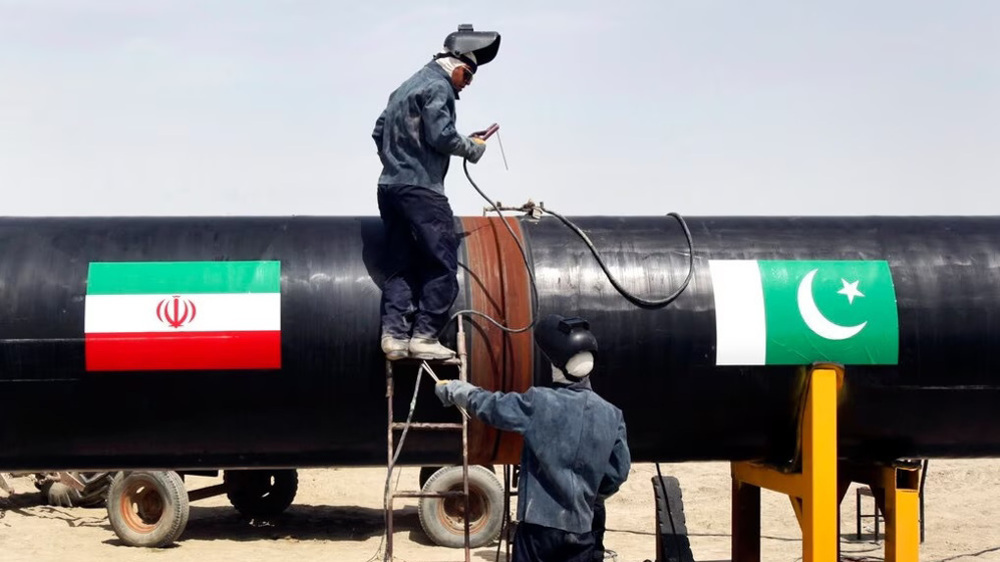Oil storage nearing crisis in US amid crude glut
A fresh report warns of an oil storage crisis in the US as the country’s refineries shutter amid a global crude surplus.
The glut in US crude inventories may soon strain the nation’s storage capacity, renewing a slump in prices and curbing its output.
Oil prices will also fall in the second quarter as refineries shut for maintenance, curbing demand for crude, Bloomberg reported.
Refineries typically shut for maintenance in the second quarter before the driving season in the US starts in May and demand for gasoline usually rises. Globally, offline refining capacity will jump to about 5 million barrels a day by April 15 from 3.4 million currently, the report added.
According to Bloomberg, seven months ago, the giant tanks in Cushing, Oklahoma, the largest crude oil storage hub in North America, were three-quarters empty. After spending the last few years brimming with light, sweet crude unlocked by the shale drilling revolution, the tanks held just less than 18 million barrels by late July, down from a high of 52 million in early 2013.
New pipelines to refineries along the Gulf Coast had drained Cushing of more than 30 million barrels in less than a year.
As quickly as it emptied out, Cushing has filled back up again. Since October, the amount of oil stored there has almost tripled, to more than 51 million barrels. As oil prices have crashed, from more than $100 a barrel last summer to below $50 now, big trading companies are storing their crude in hopes of selling it for higher prices down the road. With US production continuing to expand, that’s led to the fastest increase in US oil inventories on record. For most of this year, the US has added almost 1 million barrels a day to its stash of crude supplies. As of March 11, nationwide stocks were at 449 million barrels, by far the most ever.

Not only are the tanks at Cushing filling up, so are those across much of the US Facilities in the Midwest are about 70 percent full, while the East Coast is at about 85 percent capacity.
Oil investors appear to be coming around to the notion that a lack of storage capacity could lead to another price crash.
As of September 2014, the US had 521 million barrels of working capacity, up from 500 million in 2013. That includes the space inside tank farms and on-site at refineries. It does not, however, include the amount of oil that can be stored in pipelines or storage tanks near oil wells; nor does it include the amount of capacity in tankers off the coast, in transit from Alaska, or on trains.
US oil supply will expand this year by about 750,000 barrels a day to 12.56 million a day, up from a projection of 12.41 million in last month’s report, according to the International Energy Agency.
GHN/GHN
The struggles of Occupied Palestine
Ayatollah Khamenei exalts great Persian poet on Saadi Day
Iran’s Civil Defense examines country’s preparation for potential threats
FBI chief: Chinese hackers targeting critical US infrastructure
New York Times leaked memo on Gaza coverage reveals obfuscation of facts
VIDEO | Press TV's news headlines
Barbados officially announces recognition of Palestine as state
US Senate reauthorizes surveillance bill despite privacy concerns










 This makes it easy to access the Press TV website
This makes it easy to access the Press TV website